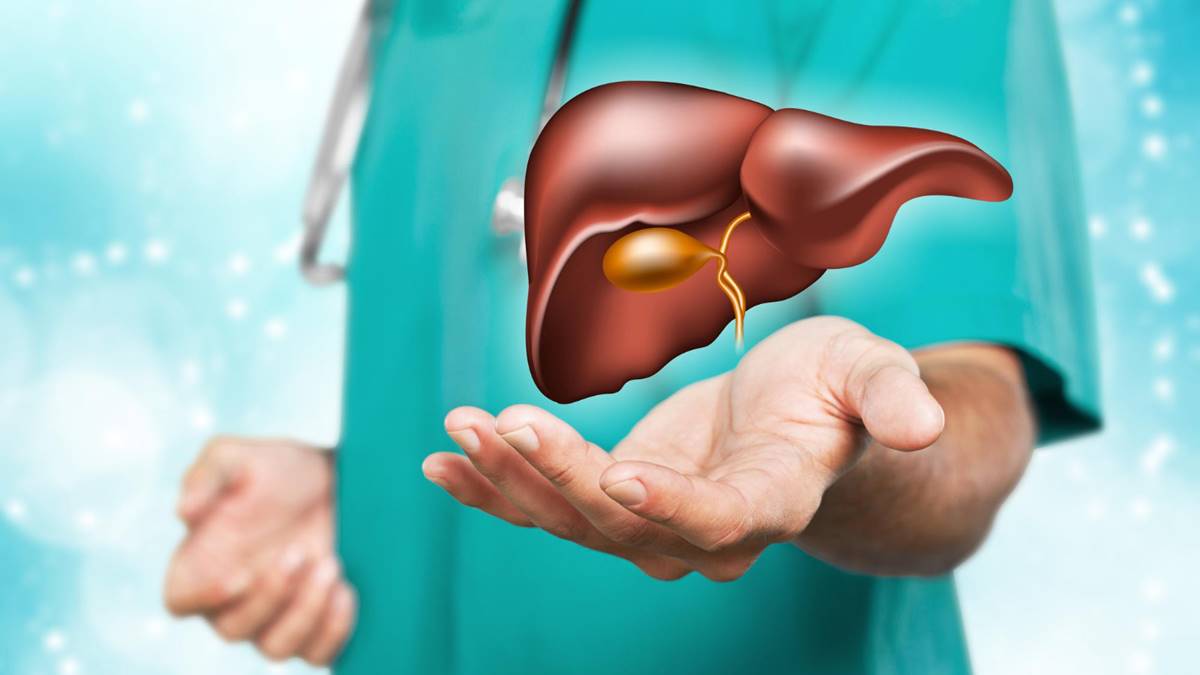Fatty liver disease – also known as hepatic steatosis – is one of the most common liver conditions worldwide, and its prevalence continues to rise with modern lifestyles. It develops when fat accumulates inside the liver cells, often linked to excess calorie intake, sedentary habits, obesity, or alcohol consumption.
Doctors distinguish between two major types:
-
Non-alcoholic fatty liver disease (NAFLD): Often associated with obesity, diabetes, or high cholesterol.
-
Alcoholic fatty liver disease (AFLD): Directly related to excessive alcohol intake.
Both types share one crucial trait: they are often silent conditions. Many people live with fatty liver for years without noticeable symptoms, only discovering it through routine blood tests or ultrasounds. Despite its quiet presence, untreated fatty liver can progress to inflammation, fibrosis, cirrhosis, or even liver cancer.
Why fatty liver matters
The liver is a powerhouse organ. It metabolizes nutrients, filters toxins, produces bile for digestion, and stores essential vitamins and minerals. When fat disrupts these processes, the whole body feels the impact. Symptoms like fatigue, abdominal discomfort, or unexplained weight fluctuations may eventually appear, but by then the condition is already more advanced.
The good news: the liver is incredibly resilient. Unlike many other organs, it has the ability to repair itself—provided the damaging factors are removed. That’s why lifestyle change plays a central role in recovery.
How long does liver regeneration take?
The timeline for liver recovery is not the same for everyone. It depends on the type of fatty liver, the severity of the condition, and the person’s overall health. However, general patterns can be observed:
-
Within a few weeks: If alcohol is eliminated and dietary improvements begin, liver enzymes may show measurable improvement on blood tests.
-
After 2–3 months: Imaging tests may reveal reduced fat accumulation in the liver. Patients often notice more energy, improved digestion, and better overall well-being.
-
After 6–12 months: With consistent lifestyle adjustments, the liver can significantly regenerate, often returning to normal function if no permanent damage has occurred.
For those with early-stage fatty liver, recovery can be relatively quick. In advanced cases involving inflammation (steatohepatitis) or scarring (fibrosis), healing takes longer and may require medical treatments alongside lifestyle interventions.
Key strategies for supporting regeneration
1. Adopt a liver-friendly diet
Food is medicine for the liver. The goal is to reduce fat accumulation, balance blood sugar levels, and provide nutrients that aid detoxification. Recommended dietary habits include:
-
Plenty of vegetables and fruits: Leafy greens, broccoli, citrus fruits, and berries are rich in antioxidants.
-
Whole grains: Oats, quinoa, and brown rice support stable energy and reduce fat storage.
-
Lean proteins: Chicken, turkey, legumes, and tofu are healthier alternatives to red or processed meats.
-
Healthy fats: Omega-3 fatty acids found in fish, walnuts, and flaxseeds help reduce inflammation.
-
Limit sugar and refined carbs: Soft drinks, sweets, and white bread spike blood sugar and worsen fat storage in the liver.
One of the most widely recommended dietary approaches for fatty liver is the Mediterranean diet, which emphasizes fresh produce, olive oil, fish, nuts, and moderate dairy.
2. Gradual weight loss
Rapid weight loss can actually stress the liver, so doctors recommend a steady reduction of 0.5–1 kilogram per week. Losing 7–10% of body weight has been shown to significantly reduce liver fat content and even reverse inflammation in many cases.
3. Regular exercise
Physical activity is one of the most effective ways to improve liver health. Aim for:
-
150 minutes of moderate aerobic exercise per week (brisk walking, cycling, swimming).
-
2 sessions of strength training to build muscle mass, which improves insulin sensitivity.
Even simple daily habits—taking the stairs, walking instead of driving short distances—add up to big benefits over time.
4. Eliminate alcohol
For those with alcoholic fatty liver disease, complete abstinence from alcohol is non-negotiable. Even small amounts can hinder recovery. For non-alcoholic fatty liver, cutting down on alcohol still provides significant benefits.
5. Manage underlying conditions
Fatty liver rarely exists in isolation. Conditions like type 2 diabetes, high cholesterol, and high blood pressure often contribute to its development. Working with a healthcare provider to manage these conditions through medication and lifestyle is critical for long-term success.
6. Monitor progress
Regular check-ups are essential. Blood tests (ALT, AST, GGT) and ultrasounds track liver function and fat levels. These markers help patients and doctors see if changes are working or if additional steps are needed.
Supplements and medical support
While lifestyle is the cornerstone of fatty liver treatment, some supplements and medications may provide additional support. Examples include:
-
Vitamin E: Shown in some studies to reduce inflammation in non-alcoholic fatty liver.
-
Omega-3 supplements: Can reduce liver fat and support cardiovascular health.
-
Prescription medications: In certain cases, doctors may recommend drugs to control blood sugar or cholesterol.
However, supplements should never replace professional guidance. Consulting a doctor before starting any regimen is essential.
What to avoid during recovery
-
Sugary drinks and sodas – one of the fastest ways to worsen fatty liver.
-
Fried and processed foods – high in trans fats that damage liver cells.
-
Excess salt – contributes to water retention and worsens liver stress.
-
Crash diets and extreme fasting – rapid changes strain the liver instead of helping it heal.
A resilient organ worth protecting
The liver’s capacity for regeneration is nothing short of remarkable. By removing harmful influences and providing the right conditions, this vital organ can recover even from years of neglect. Still, prevention remains the best medicine: maintaining a healthy weight, eating a balanced diet, and avoiding excess alcohol are far easier than reversing damage later.
Conclusion
Fatty liver is a growing health concern, but it is far from irreversible. With patience, commitment, and the right lifestyle choices, the liver can begin to regenerate within a few months and often restore its normal function in under a year. For anyone diagnosed, the key is consistent effort—small daily choices that collectively build a healthier future.
Source: https://qualitymagazin.hu/mennyi-ido-alatt-regeneralodik-a-zsirmaj/
Website: https://qualitymagazin.hu

